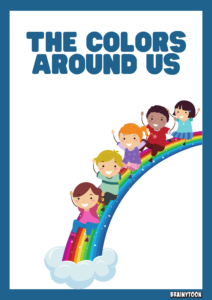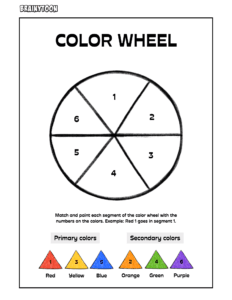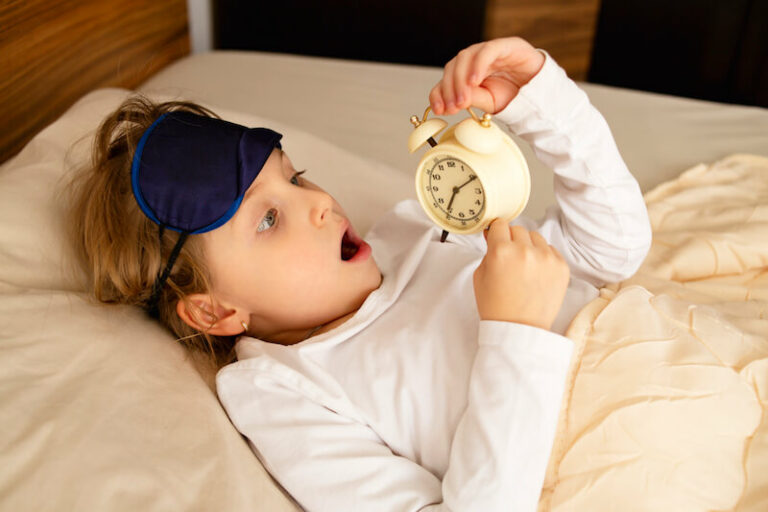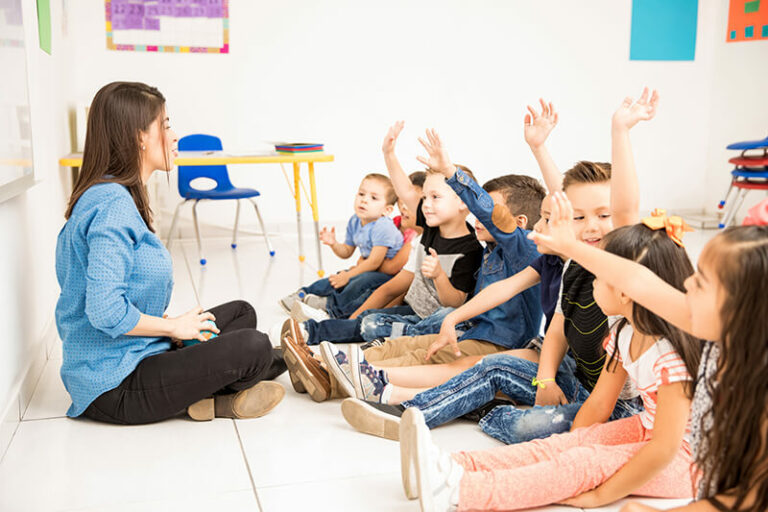Primary and secondary colors for preschool and kindergarten kids
Understanding color is a foundational skill in early childhood education. Teaching primary and secondary colors through hands-on activities helps young children develop creativity, visual awareness, and vocabulary.
Printable: Color wheel worksheet for preschool and kindergarten
Print our color wheel worksheet to help reinforce the difference between primary and secondary colors. Ideal for use at home or in the classroom.
What is color theory for kids?
Color theory explains how colors relate to each other. The color wheel helps children visualize these relationships. It includes three primary colors – red, blue, and yellow – which cannot be created by mixing other colors.
By combining two primary colors, children can explore secondary colors – orange, green, and purple.
Other concepts, like complementary colors (opposites like red and green) and analogous colors (neighbors like blue, blue-green, and green), can be introduced later.
Lesson plan: Introduce primary colors with objects
Use this simple color lesson plan to introduce red, blue, and yellow to young learners. You can also use this worksheet to reinforce the lesson.
- Red: Show children red items like apples, fire trucks, and strawberries. Talk about how red feels energetic and exciting.
- Blue: Use blueberries, toy blocks, or fabric. Explain that blue is a calm, cool color like the sky or water.
- Yellow: Explore yellow with bananas, rubber ducks, and sunshine. Describe yellow as bright, happy, and creative.

Lesson plan: Teaching secondary colors
After kids are comfortable with primary colors, introduce color mixing to create green, purple, and orange.
Mixing paint activity
- Mix blue + yellow to make green. Add more yellow for lime green or more blue for forest green.
- Mix red + blue for purple. More red makes violet, more blue makes indigo.
- Mix red + yellow for orange. Adjust the mix to create different shades like tangerine or burnt orange.
Use paint, food coloring, or crayons. Let kids predict outcomes before mixing.
Tips for parents and educators
- Keep it visual and tactile: Use real-world objects, craft materials, and art tools.
- Repeat with variation: Reinforce lessons by returning to the same concepts in new ways – art projects, stories, sorting games, etc.
- Use child-friendly language: Focus on how colors make us feel or what we see in nature.
- Incorporate movement: Try a “color scavenger hunt” around the classroom or home.
Start with the primary colors, let kids mix and discover secondary colors, and always encourage creativity.
With the right worksheets and simple activities, you’ll help children build a strong foundation in color awareness — and have fun doing it!




